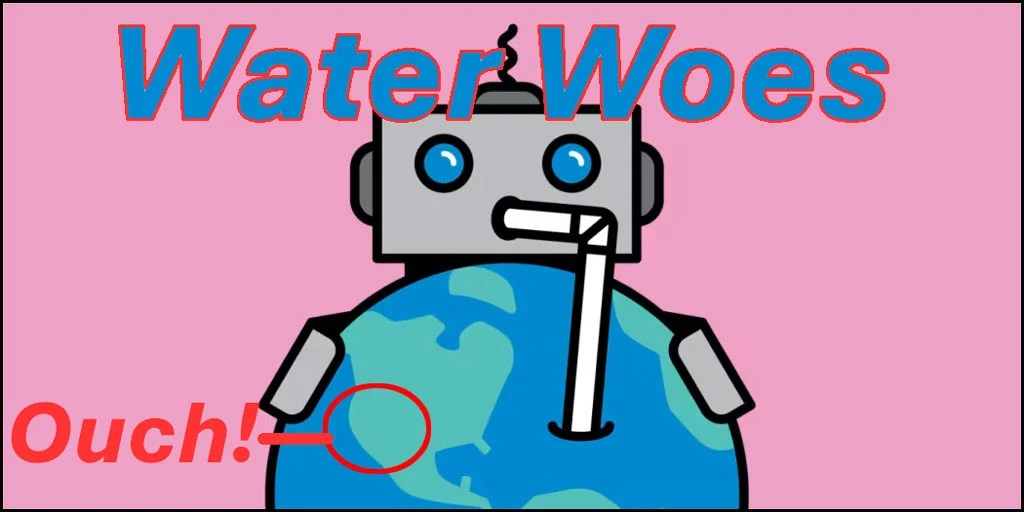NASA launched its Psyche probe from Cape Canaveral, Florida, on October 13, 2023, at 10:19 am EDT. The launch became the first launch of an interplanetary mission for SpaceX’s Falcon Heavy.
The core Falcon Heavy rocket spent all its fuel to ensure that Psyche obtains the best trajectory for its 2.2-billion-mile journey. SpaceX did not plan on retrieving the core booster for reuse. However, it did retrieve the two side boosters for refurbishment and reuse.
SpaceX says the side boosters could be reused for future launches like an upcoming Falcon Heavy launch for the Department of Defense and the launch of NASA’s Europa Clipper as early as October 6, 2024. Future missions also include a weather observation satellite for NOAA and the launch of the first components of NASA’s Gateway space station, which will orbit the Moon.
“This is the beginning of a suite of amazing science missions we have coming up on Falcon Heavy,” said SpaceX Civil Satellite Mission Chief Julianna Scheiman during a post-launch press conference.
The Psyche probe will travel to an asteroid of the same name in the asteroid belt between Mars and Jupiter. This asteroid has a high metals content. Scientists plan to study this asteroid for clues on the formation of “rocky” planets like Earth and Mars.
Psyche might have once been part of a planetesimal, or a proto-planet that never finished forming and might have broken apart due to collisions and gravitational forces. Initial studies of its makeup indicate that it might have been part of the planetesimal’s core, which makes sending a probe to this asteroid a more attractive proposition than any “journey to the center of the Earth.”
Psyche might also be a completely different type of object that just happens to have a high metals content. This would make it a completely unique primordial object that can provide additional clues about the early solar system.
Italian astronomer Annibale de Gasparis discovered Psyche in 1852. More recent observations of this asteroid came close to sparking a space-based “gold rush” involving several startups that would very much like to mine an asteroid like Psyche — if only they could get out to the asteroid belt. Initial analyses indicate that its iron and nickel content could be worth up to $10 quintillion at current metals prices.
That sounds pretty impressive for an asteroid that is only 140 miles in diameter. Of course, Psyche isn’t the only potential quintillion-dollar asteroid out there. Another asteroid called Davida is estimated to contain metals worth $27 quintillion.
Naturally, SpaceX may be doing the smart thing by “selling shovels,” or at least providing launch services for missions like the Psyche probe.
NASA made the Psyche probe the first to use Hall-effect thrusters, which use tennis-court-sized solar arrays to power an electric propulsion system. This propulsion system generates xenon ions that are expelled at high speed to produce thrust. Psyche can use this system’s four thrusters to steadily accelerate toward its target asteroid.
The Psyche probe will reach the asteroid in July 2029. On the way, it will make a Mars flyby for a gravitational assist. Scientists and mission team members plan to spend 21 months using its instruments to map and analyze Psyche’s surface.









Leave a Comment